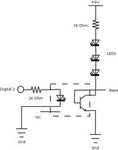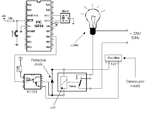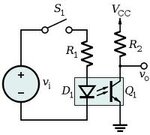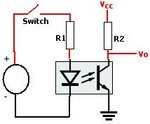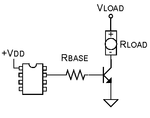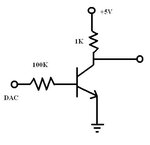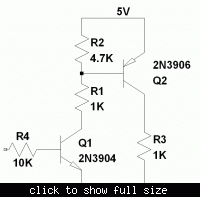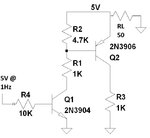theguy
Junior Member level 1
I have a 4N25 and I want to create a 5V out @ 1Hz across a 50ohm load.
Here is my first attempt. When I look at it, I don't think it will provide what I need. I haven't ordered the parts yet so I wanted to get a second opinion before I do.

The 5v 1PPS is the 1PPS from a Garmin GPS receiver. I assume connecting the Garmin 1PPS output to the LED as I did would be safe.
Here is my first attempt. When I look at it, I don't think it will provide what I need. I haven't ordered the parts yet so I wanted to get a second opinion before I do.

The 5v 1PPS is the 1PPS from a Garmin GPS receiver. I assume connecting the Garmin 1PPS output to the LED as I did would be safe.
